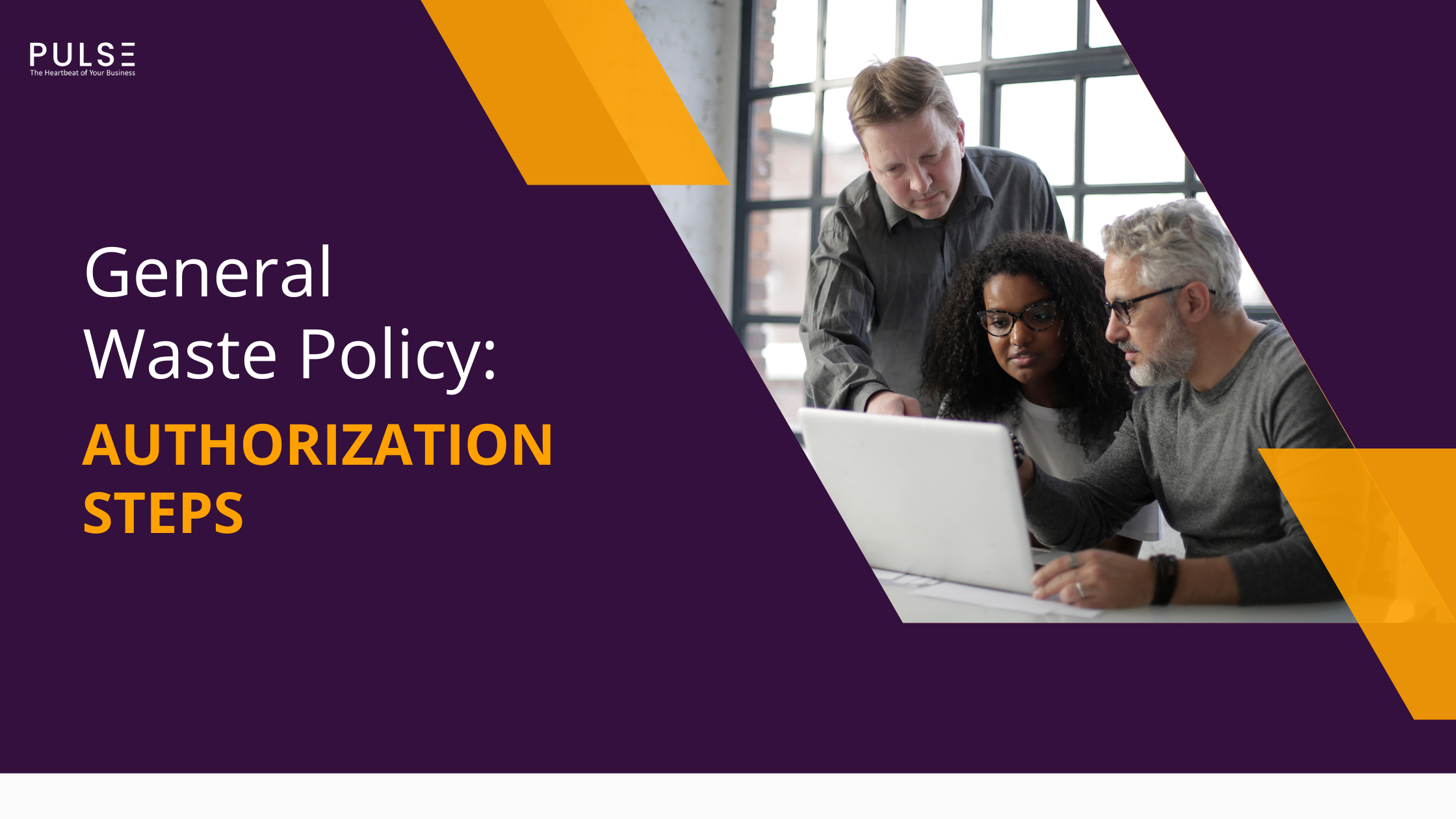Responsible management of waste is now an essential mandate for businesses in various industries. As regulators, communities, and sustainability models increasingly exert pressure on organizations, businesses can no longer ignore proper procedures for handling waste. The General Waste Policy outlines the system under which the waste has to be handled, disposed of, and approved to achieve minimal environmental disturbance.
For businesses applying for legal authorization to treat, store, transport, or dispose of waste, getting waste handling authorization is mandatory. This blog provides a comprehensive waste authorization step-by-step guide, taking you from beginning to end through the process of waste management authorization under the general rules for handling waste.
Why Is Waste Handling Authorization Important?
Before diving into the process, it is essential to understand why organizations require authorization. Waste handling without permits can result in hefty fines, damage to reputation, and, in some instances, legal proceedings. Authorization guarantees:
- Adherence to environmental legislation for waste handling.
- Compliance with regulations for waste disposal and national sustainability goals.
- Evidence that your organization uses a waste handling compliance checklist.
- A protection against environmental risks due to unsafe waste disposal.
In a nutshell, authorization enables businesses to carry out activities without the fear of contravening the General Waste Policy.
Step 1: Familiarize yourself with the General Waste Policy
The first step is to thoroughly read the General waste policy in your area. This entails comprehension of the solid waste management regulations, waste collection and disposal protocol, and industry-specific regulations.
Each industry—manufacturing, healthcare, construction, retail—has varying compliance requirements. By charting these requirements, you can develop a waste handling compliance checklist to prepare for inspections.
Step 2: Evaluate Your Waste Handling Requirements
Not all organizations require the same authorization. Some organizations will need a waste treatment and disposal permit, while others will need a waste disposal license to manage hazardous or non-hazardous waste.
Carry out an internal audit of your waste streams and determine:
- The nature of waste produced (solid, liquid, biomedical, e-waste, etc.).
- Volume and frequency of waste disposal.
- Treatment facilities or external vendors are utilized.
- You will use this audit to fill out the waste handling permit application properly.
Step 3: Documentation & Records Preparation
Regulators tend to demand evidence of systems before authorization approval. Enterprises have to prepare:
- Waste handling compliance checklist records.
- Vendor agreements (in case waste is outsourced).
- On-site waste treatment facility details.
- Records of disposal in line with waste disposal regulations.
- Environmental impact reports (if applicable).
Proper documentation increases your chances of receiving a waste authorization certificate quickly.
Step 4: Filing the Waste Handling Permit Application
Once you’ve gathered the necessary records, submit a waste handling permit application to the designated authority in your region.
The application usually requires:
- Company details (registration, address, industry type).
- Description of waste generation processes.
- Compliance with the overall waste handling approval process.
- Safety procedures for workers who deal with waste.
- Adherence to environmental waste policy compliance.
Applications need to be precise—mistakes or incomplete information tend to hold up the process.
Step 5: Inspection and Verification
Once submitted, authorities usually make inspections. Inspectors verify whether your facilities and practices are compliant with the waste management compliance framework and overall waste handling regulations.
They might inspect:
- On-site storage facilities.
- Disposal practices in line with waste collection and disposal standards.
- Environmental regulation training for employees on handling waste.
- Adherence to the terms of the approved permit for waste treatment and disposal.
Having a checklist of solid waste authorization certificates ready ensures that inspections are a smooth affair.
Step 6: Receiving Authorization Certificate
Once your operations pass inspection, you’ll receive a waste authorization certificate. This certificate officially allows your organization to handle, treat, or dispose of waste as per the General Waste Policy.
Remember, authorization is not permanent. It must be renewed periodically, depending on the jurisdiction. Renewal ensures ongoing compliance with updated waste disposal regulations and solid waste management rules.
Step 7: Ongoing Compliance & Monitoring
Getting certified is not a conclusion—it’s the start of ongoing responsibility. Businesses need to update their compliance checklist for waste handling from time to time to suit new regulations and initiate corrective measures whenever there are lapses.
Regular inspections and internal checks on the waste management authorization process keep firms compliant and away from penalties.
Some major ongoing responsibilities are:
- Keeping waste disposal license records.
- Ensuring employee training according to environmental legislation for waste handling.
- Regular reporting to government authorities.
- Adhering to waste collection and disposal policies without variance.
Various Challenges in Obtaining Waste Authorization
Burdensome Paperwork – Most organizations struggle with submitting an effective waste handling permit application.
Changing Legislation – Governments frequently revise general waste handling regulations, which are difficult to follow.
Delayed Inspections – Occasionally, authorizations are delayed for months as a result of inspection backlog.
Operational Lapses – Companies lacking a strict waste handling compliance checklist tend to fail audits.
These challenges underscore why environmental waste policy compliance should be top of mind for firms as they develop long-term sustainability strategies.
Conclusion
Waste handling approval under the General Waste Policy is not just a regulatory requirement—it’s a promise of responsible business operations. By following this step-by-step waste authorization guide, organizations can streamline waste management authorization, obtain a legitimate waste authorization certificate, and prevent operational disruptions in accordance with waste disposal regulations.
Whether it’s seeking a waste treatment and disposal license, submitting a waste handling permit application, or renewing a waste disposal permit, the secret is to practice constant compliance with solid waste management regulations and environmental laws of waste handling.
By viewing authorization as an opportunity rather than an obstacle, businesses can create stronger reputations, reduce risks, and help create a cleaner, safer world.
